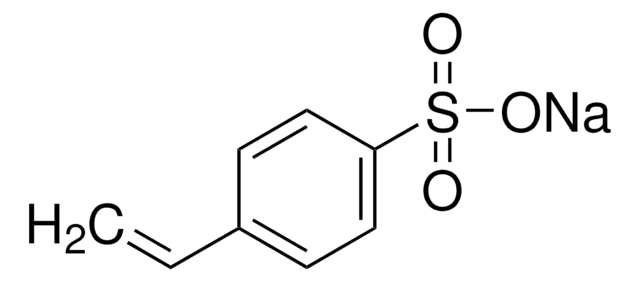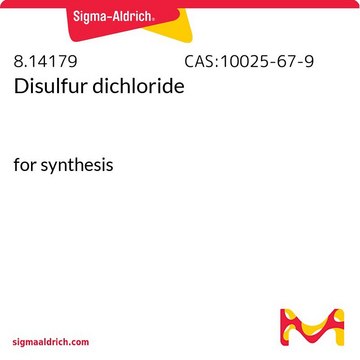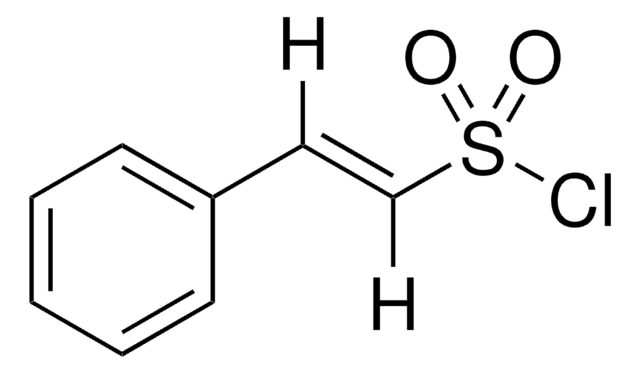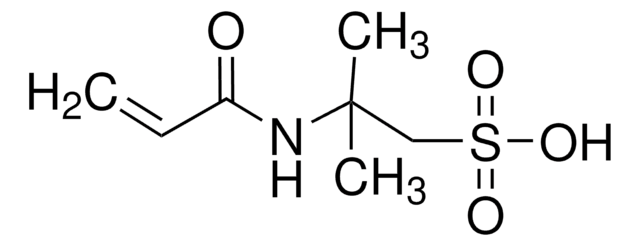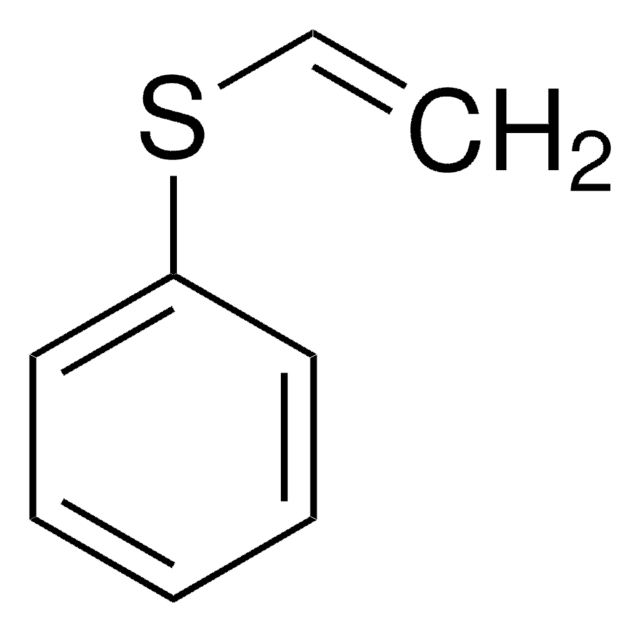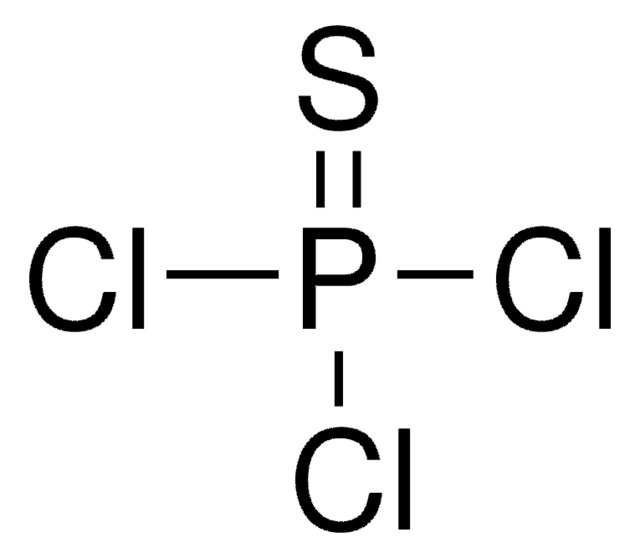157759
Sulfur monochloride
98%
Synonyme(s) :
Sulfur chloride
About This Item
Produits recommandés
Densité de vapeur
4.7 (vs air)
Niveau de qualité
Pression de vapeur
6.8 mmHg ( 20 °C)
Essai
98%
Forme
liquid
Température d'inflammation spontanée
451 °F
Indice de réfraction
n20/D 1.658 (lit.)
pb
138 °C (lit.)
Pf
−80 °C (lit.)
Densité
1.688 g/mL at 25 °C (lit.)
Chaîne SMILES
ClSSCl
InChI
1S/Cl2S2/c1-3-4-2
Clé InChI
PXJJSXABGXMUSU-UHFFFAOYSA-N
Vous recherchez des produits similaires ? Visite Guide de comparaison des produits
Description générale
Application
- To synthesize functionalized aryl and heteroaryl disulfides from functionalized zinc organometallics.
- As a reagent to prepare heterocycles with various numbers of sulfur atoms.
- As a cross-linking agent to prepare rubber aerogels with enhanced thermal stability.
- Toprepare macroporous cryogels of polyisobutylene and silica nanoparticles.
Mention d'avertissement
Danger
Mentions de danger
Classification des risques
Acute Tox. 3 Inhalation - Acute Tox. 3 Oral - Aquatic Acute 1 - Skin Corr. 1A
Risques supp
Code de la classe de stockage
6.1A - Combustible acute toxic Cat. 1 and 2 / very toxic hazardous materials
Classe de danger pour l'eau (WGK)
WGK 3
Point d'éclair (°F)
Not applicable
Point d'éclair (°C)
Not applicable
Équipement de protection individuelle
Faceshields, Gloves, Goggles, type ABEK (EN14387) respirator filter
Faites votre choix parmi les versions les plus récentes :
Certificats d'analyse (COA)
Vous ne trouvez pas la bonne version ?
Si vous avez besoin d'une version particulière, vous pouvez rechercher un certificat spécifique par le numéro de lot.
Déjà en possession de ce produit ?
Retrouvez la documentation relative aux produits que vous avez récemment achetés dans la Bibliothèque de documents.
Les clients ont également consulté
Articles
Colloidal quantum dots (CQDs) are semiconducting crystals of only a few nanometers (ca. 2–12 nm) coated with ligand/surfactant molecules to help prevent agglomeration.
Notre équipe de scientifiques dispose d'une expérience dans tous les secteurs de la recherche, notamment en sciences de la vie, science des matériaux, synthèse chimique, chromatographie, analyse et dans de nombreux autres domaines..
Contacter notre Service technique
